Acute Respiratory Distress Syndrome during the COVID-19 Pandemic
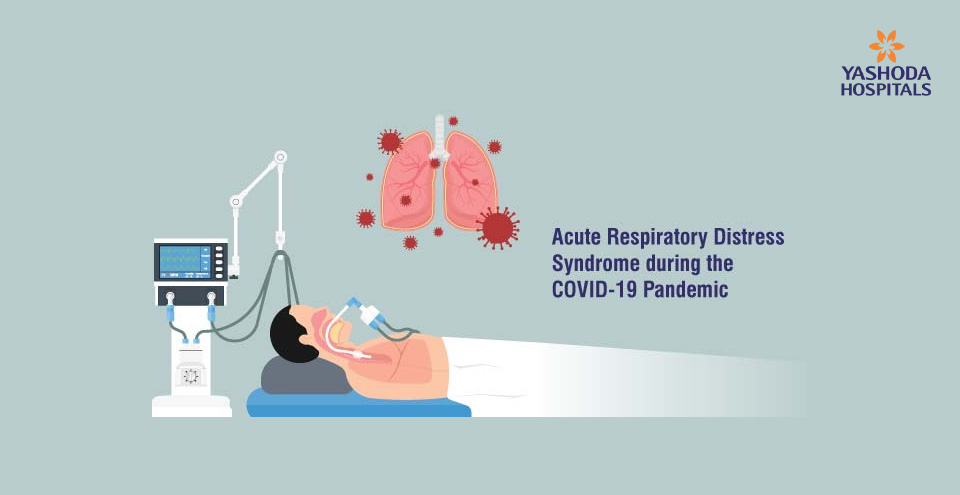
The Coronavirus pandemic (COVID-19) presents numerous challenges for the research community and healthcare system worldwide. Around 10 to 20 percent of hospitalized patients with infected COVID-19 may suffer from severe pneumonia and Acute Respiratory Distress Syndrome (ARDS), requiring support with mechanical ventilation. Though ARDS can be caused by various direct or indirect pulmonary insults such as other respiratory infections, trauma, aspiration or inhalation injuries to lung, the severe hypoxemic respiratory failure secondary to COVID-19 infection has resulted in an unprecedented number of patients admitted to intensive care units (ICUs) worldwide. With ongoing pandemic, medical researchers and clinicians worldwide are striving to understand the potential unique features of disease.
What are ARDS & CARDS?
Evolving scientific facts suggest that ARDS related to severe COVID-19 also called CARDS, may differ from typical ARDS. Studies have observed that CARDS may present as the classical ARDS pattern where those with the lowest oxygenation level also have the worst lung mechanics and the smaller aerated lung. However, unique to CARDS is that few patients may present with poor oxygenation status despite having good lung mechanics suggesting different disease processes.
Effects of CARDS during Covid-19 pandemic
Many patients with CARDS have a relatively good tolerance of low blood oxygen called silent hypoxaemia which is also referred to as “happy hypoxaemia”. This dissociation between oxygenation and work of breathing in some of these patients has an impact on decision making of supporting a patient with mechanical ventilation and has prompted some clinicians to avoid mechanical ventilators until clinical signs of clinical deterioration occur. In addition to this, other modalities of improving oxygenation such as awake self-proning and use of high-flow nasal cannula and ECMO has gained significance during the current pandemic. In addition to this few studies have observed that less use of invasive ventilation was associated with a lower mortality in clinical trials. With respect to medications, the use of corticosteroids in COVID-19 patients requiring supplemental oxygen or ventilatory support has resulted in improved outcomes. Similarly, in select patients the use of IL-6 receptor antagonist monoclonal antibody therapy to hospitalised patients with COVID-19 requiring oxygen or ventilatory support is suggested. Most treatment guidelines also recommend the use of anticoagulation for all hospitalised patients with COVID-19. With evolving data and research, we may see newer modality emerging which may have an impact on the clinical outcomes of patients suffering with CARDS.
References:
- ARDS, Mayo Clinic: https://www.mayoclinic.org/diseases-conditions/ards/symptoms-causes/syc-20355576
- COVID-19 Lung Damage, Johns Hopkins: https://www.hopkinsmedicine.org/health/conditions-and-diseases/coronavirus/what-coronavirus-does-to-the-lungs
- Acute Respiratory Distress Syndrome (ARDS), American Lung Association: https://www.lung.org/lung-health-diseases/lung-disease-lookup/ards
- What is acute respiratory distress syndrome? Healthline: https://www.healthline.com/health/acute-respiratory-distress-syndrome
About Author –
Dr. Viswesvaran Balasubramanian, Consultant Interventional Pulmonology and Sleep Medicine, Yashoda Hospital, Hyderabad
MD, DNB, DM (Pulmonary-Gold Medal), Fellowship in Sleep Medicine (Gold Medalist), Fellowship in Interventional Pulmonology (Malaysia)

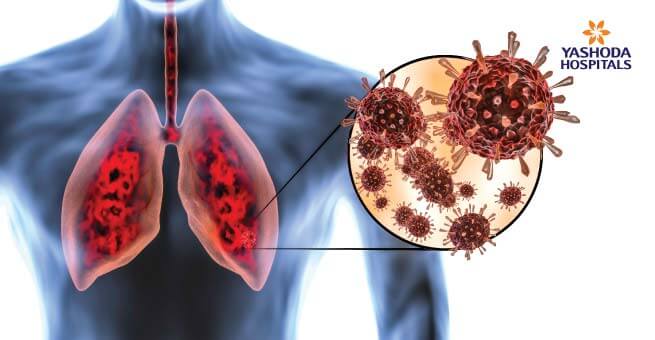
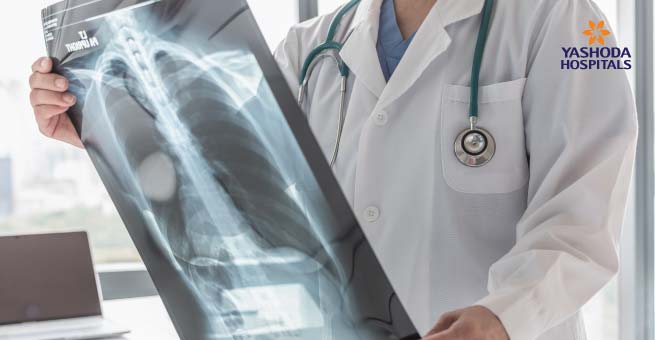

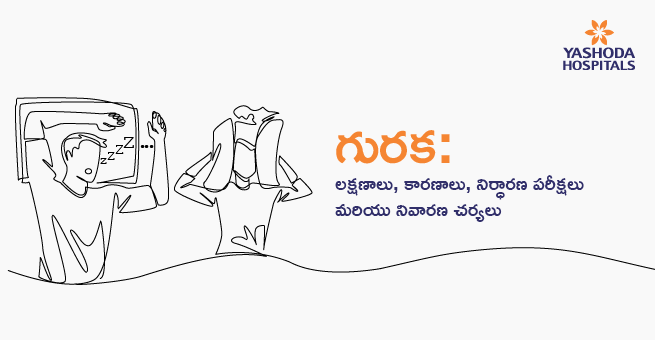
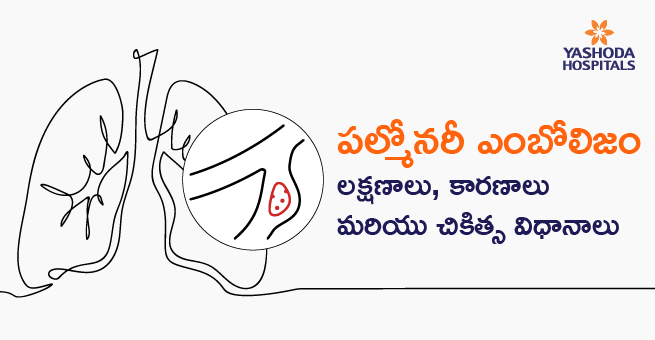
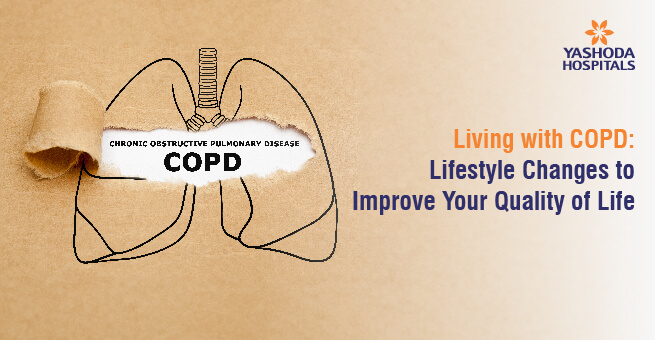
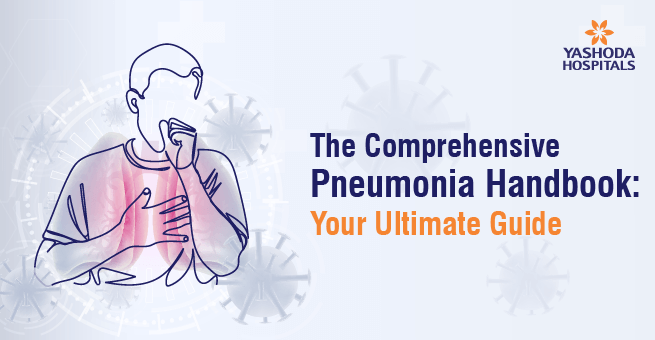
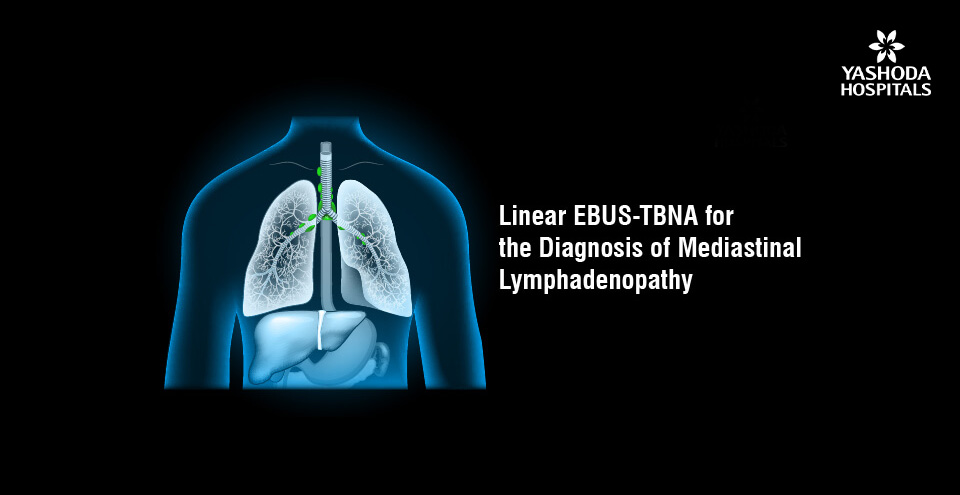
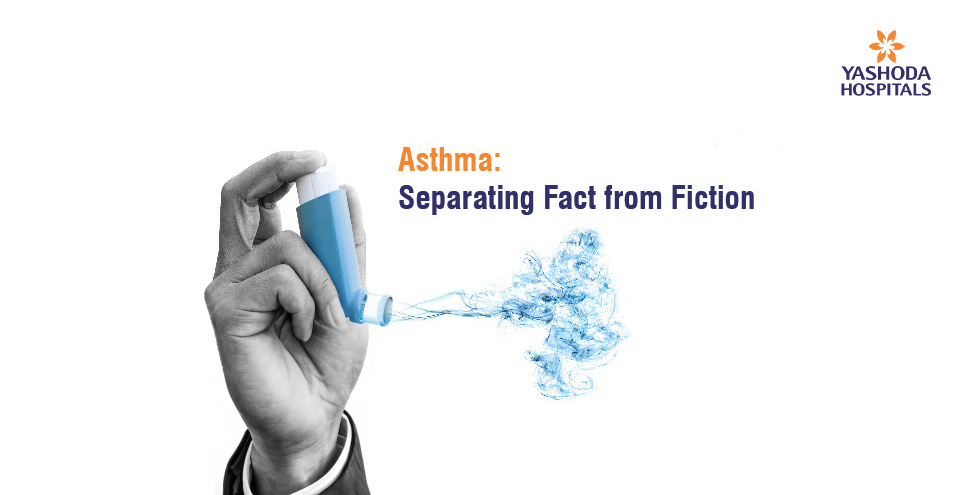
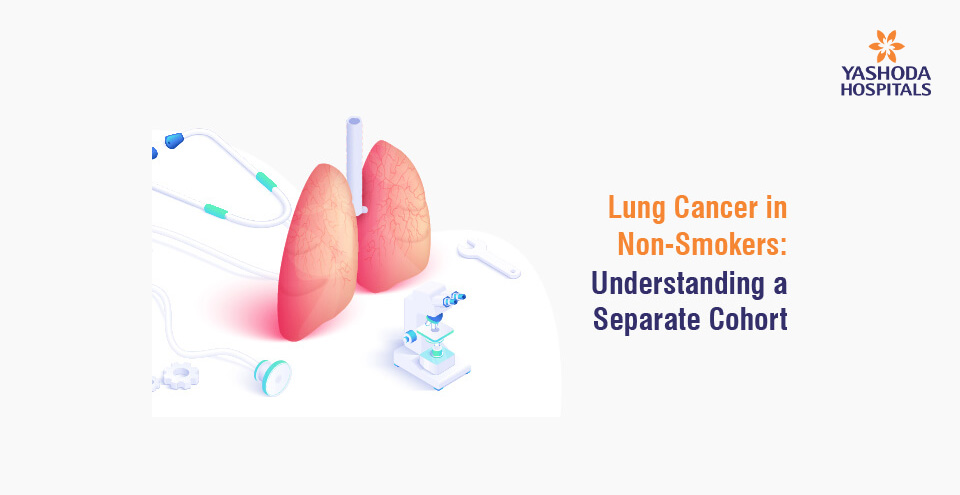
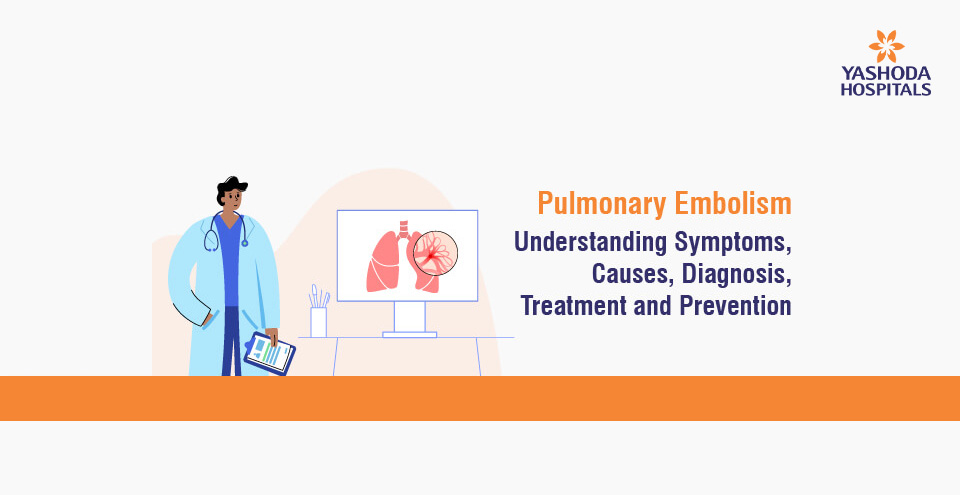
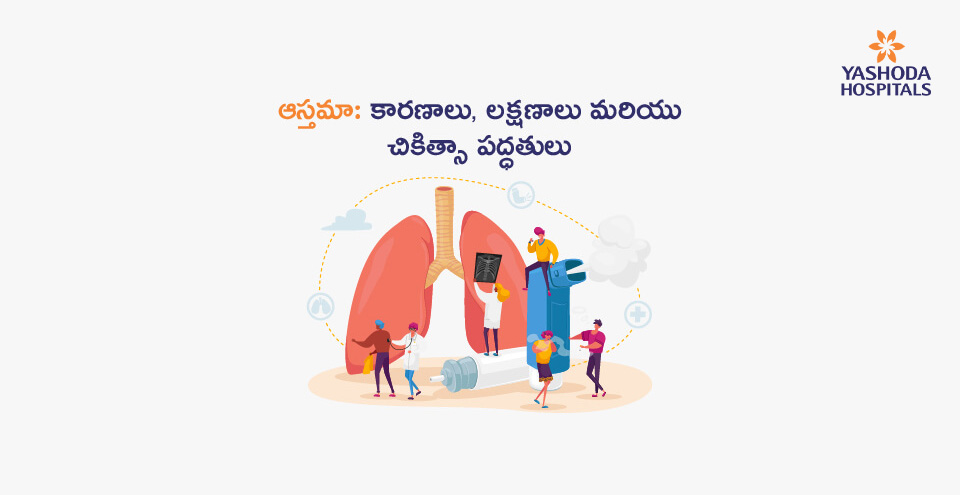
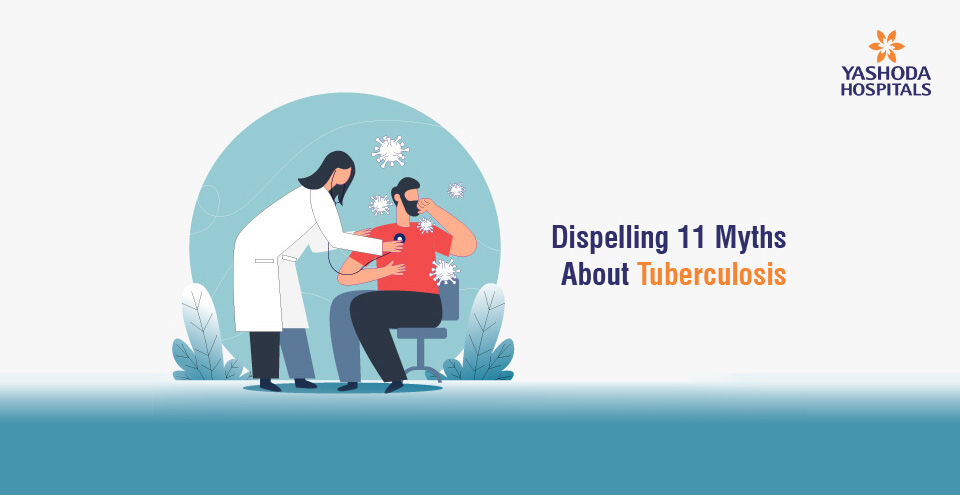
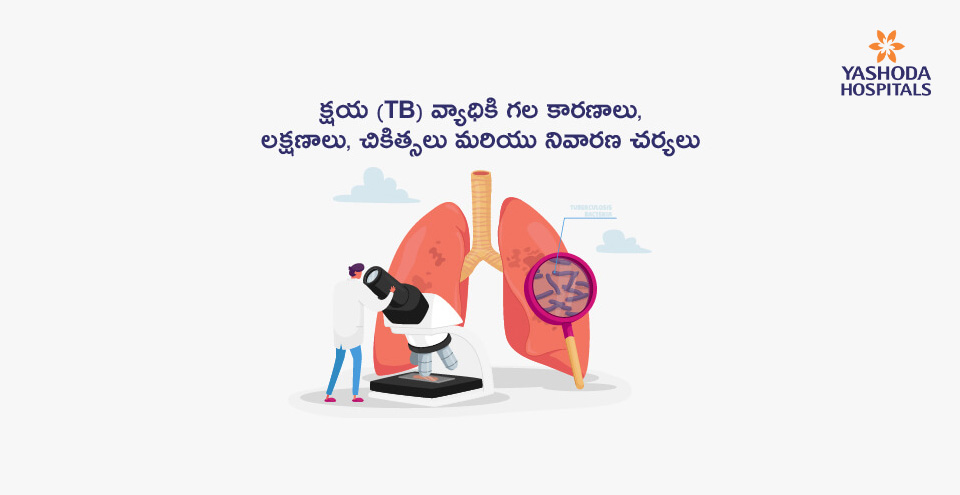
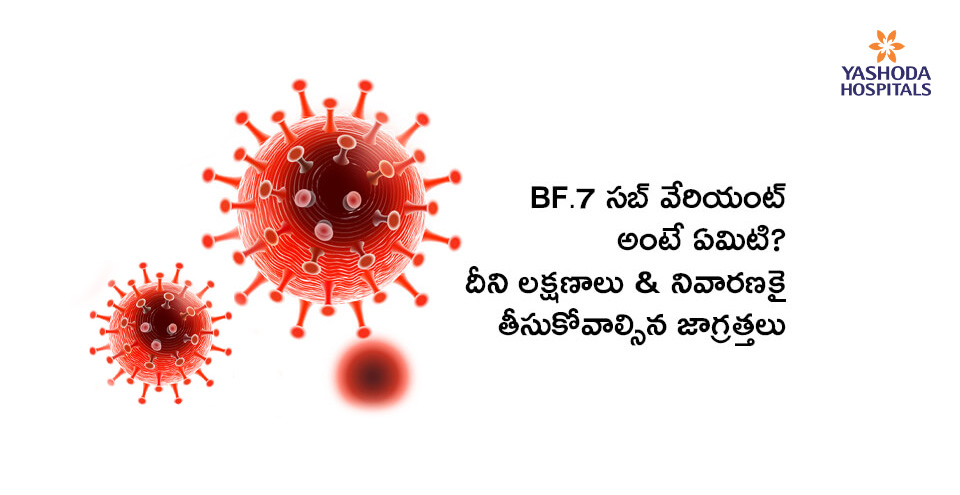
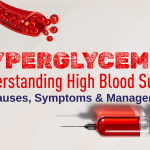
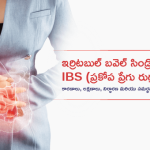
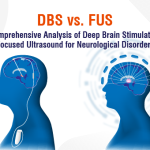
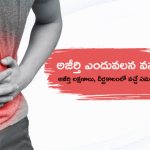

 Appointment
Appointment WhatsApp
WhatsApp Call
Call More
More

